Have you ever watched a demolition video online and thought, “Wow, that looks fun!”? The idea of tearing down a building in seconds with an explosion or a wrecking ball is thrilling. But the truth is, professional demolition is a carefully planned process. It involves a lot more than just smashing things to pieces.
If you’re curious about what really happens during a demolition in Victoria, keep reading. We’re pulling back the curtain on the industry to show you exactly what goes on behind the scenes.
PLANNING AND PERMITS: THE NOT-SO-EXCITING BUT ESSENTIAL FIRST STEPS
Before a single brick comes down, demolition experts spend weeks or even months planning. This isn’t just about deciding where to swing a wrecking ball. Crews must get permits, conduct environmental assessments, and create safety plans.
Local governments have strict rules about demolition, especially in Victoria, where heritage buildings and environmental concerns play a big role. Demolition teams need approval before starting. They also need to assess whether hazardous materials like asbestos or lead paint are present. If they are, they must be removed safely before demolition can begin.
The planning stage ensures that the job is done legally, safely, and with as little impact on the surrounding area as possible.
SITE PREPARATION: CLEARING THE WAY FOR DEMOLITION
Once all the permits are in place, the site must be prepped. This involves shutting off utilities like gas, electricity, and water. No one wants a gas leak or a flood in the middle of a demolition!
Fencing and barriers go up to keep the public safe. Heavy machinery and equipment are brought in. Sometimes, workers will strip the building of materials that can be salvaged, like copper wiring, doors, or wood. Recycling as much as possible reduces waste and helps the environment.
CHOOSING THE RIGHT DEMOLITION METHOD
Not all demolitions look the same. Different methods depend on the size of the building, its location, and safety concerns.
Manual demolition involves workers using hand tools and small machinery to take down structures piece by piece. This method is often used for small buildings or when a controlled, careful approach is needed.
Mechanical demolition requires excavators, bulldozers, and wrecking balls to do the heavy lifting. These machines can tear down large structures efficiently.
Implosion is the method most people picture when they think of demolition. Explosives strategically placed inside a building cause it to collapse in on itself. This technique is used only for large buildings and requires expert handling.
The method chosen depends on safety, budget, and environmental considerations. A team of engineers, demolition experts, and safety inspectors work together to decide the best approach.
THE BIG MOMENT: BRINGING THE BUILDING DOWN
Once everything is set up, it’s time for the actual demolition. If it’s a mechanical demolition, heavy machinery rips into the structure. Dust flies, concrete crumbles, and steel bends under the force of the machines.
For an implosion, the excitement builds as the countdown begins. Spectators might gather from a safe distance. Then, in a matter of seconds, the building collapses in a cloud of dust and debris.
While it might look chaotic, every movement has been planned. Safety measures are in place to protect workers and nearby structures.
DEALING WITH THE AFTERMATH: CLEANUP AND WASTE MANAGEMENT
The job isn’t over once the building is down. In fact, the cleanup phase is one of the most important steps.
Demolition crews clear debris, separate recyclable materials, and ensure hazardous waste is disposed of properly. Some materials, like concrete and metal, can be reused or recycled. Others must be transported to designated disposal sites.
If the site is being redeveloped, crews might also prepare the ground for the next phase of construction. This could mean grading the land, removing foundation materials, or even improving soil conditions.
SAFETY FIRST: HOW DEMOLITION CREWS PROTECT PEOPLE AND THE ENVIRONMENT
Demolition may seem like a rough-and-tumble job, but safety is always the top priority. Every project follows strict regulations to protect workers and the surrounding community.
Protective gear, including helmets, gloves, and respirators, is a must for workers. Dust control measures, like spraying water over the site, help reduce air pollution. Noise levels are managed to minimize disruptions to nearby residents.
Environmental responsibility is another key factor. Many demolition companies in Victoria prioritize eco-friendly practices, such as recycling building materials and reducing carbon footprints.
WHAT IT’S LIKE TO WORK IN DEMOLITION
Working in demolition is far from boring. It’s a hands-on job that requires skill, teamwork, and problem-solving. Every site presents unique challenges, from tight spaces to unexpected structural issues.
Demolition workers need to be physically fit, safety-conscious, and comfortable operating heavy machinery. The work can be dirty and demanding, but for those who love an active, fast-paced job, it’s incredibly rewarding.
THE FUTURE OF DEMOLITION: TECHNOLOGY AND INNOVATION
Like many industries, demolition is evolving with new technology. Drones are now used to survey sites and inspect buildings before demolition begins. Robotics and AI help improve precision and safety. Some companies are even exploring ways to make demolitions more sustainable by reducing waste and using greener techniques.
As cities continue to grow and change, demolition will remain an essential part of urban development. Whether it’s clearing the way for new buildings or making space for green areas, it plays a key role in shaping our communities.
FINAL THOUGHTS: MORE THAN JUST KNOCKING THINGS DOWN
Demolition isn’t just about destruction. It’s a well-planned, highly regulated process that requires skill, expertise, and careful execution. From the planning stage to the final cleanup, every step is essential to ensuring a safe and efficient operation.
The next time you see a demolition in Victoria, you’ll know there’s a lot more happening behind the scenes than meets the eye. And who knows? Maybe you’ll appreciate the hard work and expertise that go into every demolition project.


